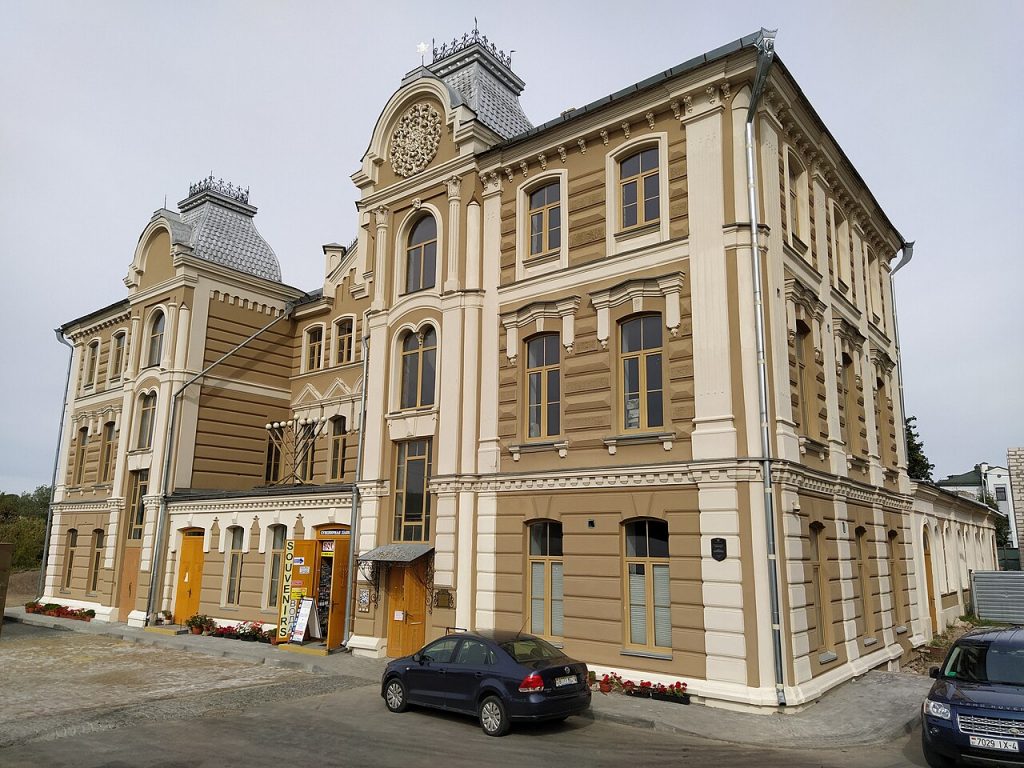Grodno, seat of a Catholic bishopric, was once a major city within the Polish-Lithuanian Union, as evidenced by Farny, the beautiful Baroque Jesuit church that towers over Sovietskaya Square. Jews began settling here in the fourteenth century; they were permitted to live in the town by Grand Duke Witold in 1389. In the nineteenth century, over 60% of the population was Jewish; at 42% in 1931. The city contained many synagogues, yeshivot, and study groups presided over by the Mitnaggedim. Grodno was a hub for both the Bund and Zionism.

The Grand Synagogue was located downtown on Witoldowa Street (now called Sotsalistichnaya). The building, though neglected, still stands at number 35. The Jewish quarter, properly speaking, was located a little farther away from the central square, between Zamkowa Street and the fish market (rybi rynek), around Pereca and Nochima streets. The majority of these streets no longer exist. In their place runs a thoroughfare named Velikaya Troitskaya; you will need to refer to an old map of the city to get a sense of the former Jewish district.

On Zamkowa Street, at its intersection of what used to be Ciasna Street, a door crowned with a Star of David marks the entrance to the former ghetto; a plaque recalls the murder of its 29,000 residents. Several houses in ruin can still be seen, as well as the old synagogue on Velikaya Troitskaya Street, almost at the edge of a ravine. A plaque reading “Jewish Community of Grodno” is the only sign that it is still active. A little farther away, at Velikaya Troitskaya Street 13, there is a smaller synagogue that now functions as a school. Nothing remains of the old cemetery, which was located on nearby Krzywa Street.